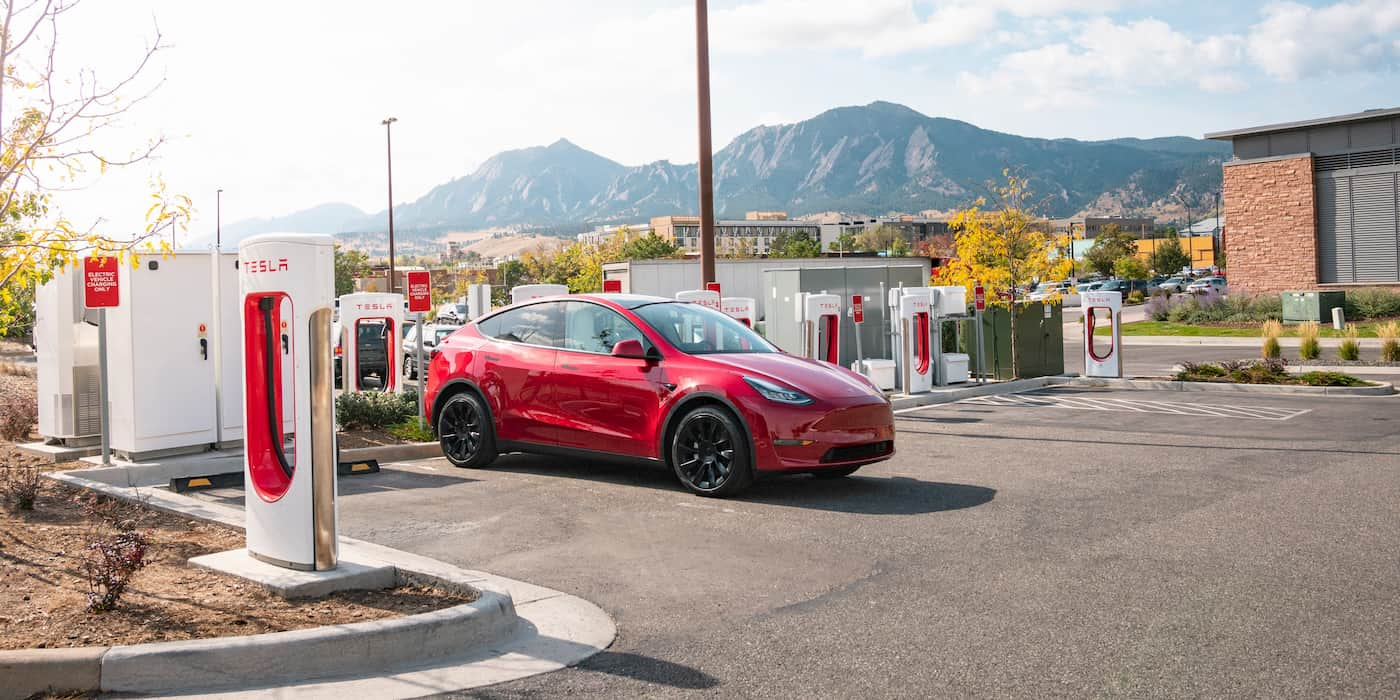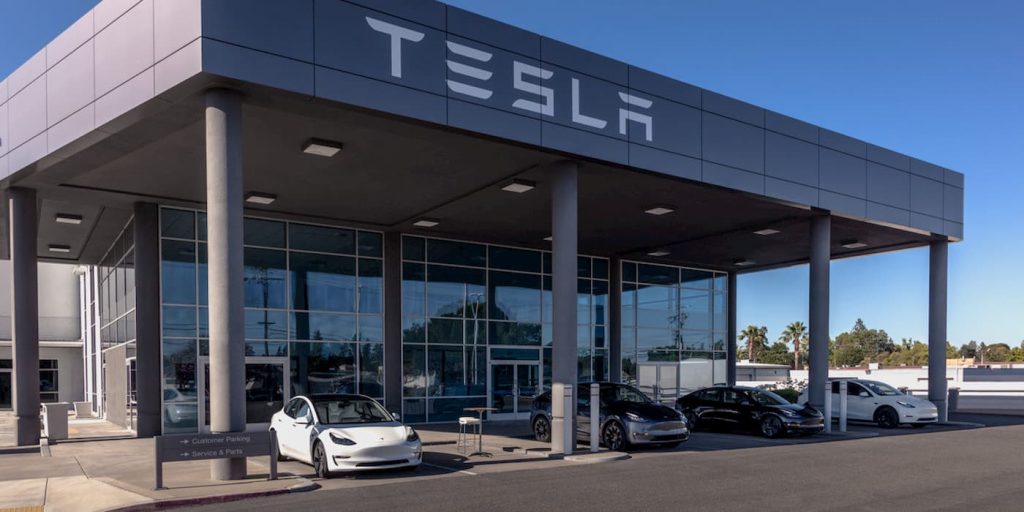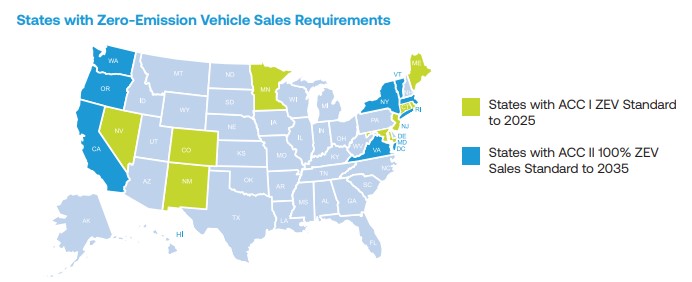
The benefits of trading in your gas guzzler for an EV go beyond protecting the environment. It can also help protect your health and that of those around you. With significant reductions in harmful air pollution, transitioning to electric vehicles and clean non-combustion electricity could save nearly 90,000 lives in the US by 2050, according to new data from the American Lung Association.
Can electric vehicles save lives with cleaner air?
The report highlights how the US could save close to $1 trillion ($978 billion) in public health benefits with fewer premature deaths, asthma attacks, and lost work days due to cleaner air. This includes:
- $978 billion in public health benefits
- 89,300 fewer premature deaths
- 2.2 million fewer asthma attacks
- 10.7 million fewer lost workdays
With transportation being the leading source of harmful air pollution and climate pollution (35% of total CO2 emissions in 2021) in the US, transitioning to zero-emission electric vehicles is critical.
Furthermore, over 35% of all Americans (roughly 120 million people) live in areas with unhealthy ozone and/or particle pollution linked to increased asthma attacks, heart attacks, strokes, lung cancer, and premature deaths.
Although electric vehicle sales broke another record in the first three months of 2023, reaching 7.2% market share, more will need to be done to achieve a fully electric future.
The American Lung Association states in its Driving to Clean Air report, “It is imperative that states and the federal government implement stronger standards and take advantage of new funding programs to accelerate the transition away from combustion and toward zero-emission technology.”

State and federal funding programs
To significantly reduce harmful pollution, the ALA highlights several state and federal programs designed to drive EV and clean electricity adoption but says further action is required.
The Inflation Reduction Act (IRA) passed last August provides several incentives and rebates to support consumers and communities to jumpstart the clean energy economy with affordable options.
For example, buyers looking for a new EV are eligible to receive a tax credit of up to $7,500; used EVs also qualify for a credit of up to $4,000. Moreover, the bill provides rebates covering up to 100% of the costs of electric stoves, cooktops, ovens, and ranges.
The Infrastructure Investment and Jobs Act passed in 2021 invests $7.5 billion to build a nationwide EV charging network to drive adoption further.
The new investments enabled the EPA to introduce new emissions rules in April, creating stricter emissions standards for passenger vehicles. According to the EPA, the new rules could result in EV market share reaching 60% by 2030 and 67% by 2032.

Taking the initiative upon themselves, several states have adopted the California Air Resources Board Advanced Clean Cars II regulations designed to “rapidly scale down emissions” and drive zero-emission EV sales to 100% market share by 2035.
Six states have already adopted the policy while more are in the process of doing so, according to the American Lung Association.
The ALA concludes moving to zero-emission EVs, and electricity would result in “major improvements in public health.” According to the organization, the transition “represents a critical public health intervention to reduce harmful pollutants and prevent health emergencies.”
However, strong state and federal actions are needed to bring these health benefits to communities and drive the transition to 100% zero-emission passenger vehicles and non-combustion electricity sources by 2035.
FTC: We use income earning auto affiliate links. More.

Comments